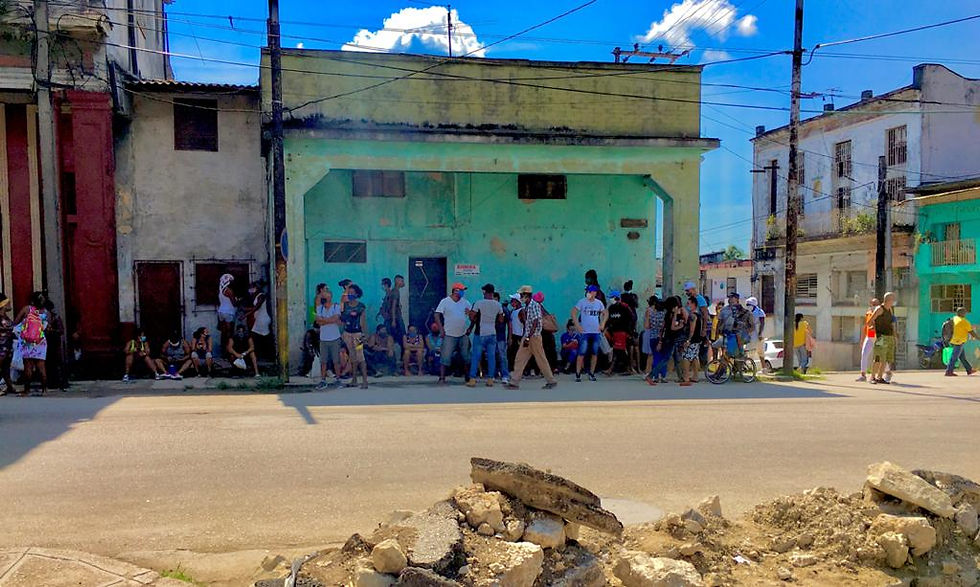Valley of Viñales, Cuba
- Cuba Travel
- Mar 18, 2019
- 2 min read

Valley of Viñales
The Valley of Viñales in the Cuban Province of Pinar del Rio is one of the islands most visited locales, and a must see for visiting Americans on cultural exchange tours of Cuba. In Viñales a unique landscape coexists with human activity, specifically the cultivation of tobacco and coffee. The Valley occupies an area of approximately sixty square miles, and interestingly the only other similar rock formations in the world are found in China. The unique rock formations that seem to be growing out of the valley’s soil are known as mogotes, which resemble a small, roughly made Ayers Rock. As well as these rock formations, there are also seventeen plant species that are found in the valley, and nowhere else on earth. Amongst these are the Corocho Palm, which is considered an ancient species, its origins being in the Jurassic period. There are also a wide variety of birds in the valley, including the zunzun, tocororo, cartacuba, ruisenor, and the tomeguin del Pinar.
The town of Viñales is in the center of the valley, and has developed along traditional lines, as new construction along the main street continues to be built in a similar style to homes from an earlier time. Homes here are characterized by columns on their front porches, and red tile roofs. A great many of the homes in the town are bed and breakfasts, and there are countless dining options.
At one of the mogotes known as the Two Sisters visitors may see the Prehistoric Mural, which features drawings of life as it has developed over thousands of years in the valley, with representations of both wildlife and Cuba’s native Indian population. There are many caves in the valley, with the most famous being the Cave of the Indian, Jose Miguel, and Santo Tomas. The San Vicente River runs underground through the Cave of the Indian, and the Santo Tomas Cave is considered one of the most extensive in Latin America, with over 20 miles of galleries.
Viñales is approximately a three-hour drive from Havana. The valley is best seen either on bicycle or horseback, and is one of Cuba’s most beautiful and unforgettable places.
By Frank Gonzalez








Comments